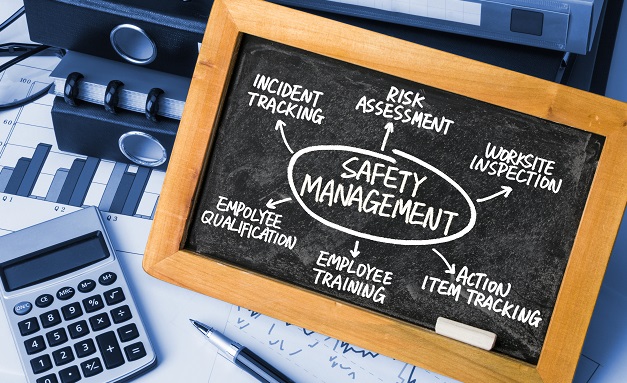Do safety management programs improve a company’s bottom line?
The answer is a resounding “YES”, although benefits may be somewhat hard to quantify without an effective process to manage DATA and to implement Key Performance Indicators (KPI) and Service Level Agreements (SLA).
In addition to potential outright savings on benefit claims, civil liability damages or litigation expenses, having a solid safety and health management program with senior management commitment will improve productivity and employee morale.
SMS documentation must include and make reference to, as appropriate, all relevant and applicable national and international regulations.
It must also include SMS-specific records and documentation, such as hazard reporting forms, lines of accountability, responsibility and authority regarding the management of operational safety, and the structure of the safety management organization.
It can also make the difference between winning and losing contracts.
One of the best ways to look at the SMS is to consider that the overhead (manpower – financial – training etc.) is actually an investment in your business, rather than thinking of it as an expense. Whilst It may be considered somewhat strange to think of safety as an investment, In basic terms, the money you pay for your safety program is likely to be significantly less than what you’d pay for a preventable incident. Once you understand the economics involved, along with the negative bottom-line impacts of each safety incident, implementing SMS becomes a no brainer!
The following list identifies a small number of the benefits related to an effective SMS.
a) Improved safety culture leads to improved safety in operational environment and lower accident rate;
b) Improved organisational behaviour leading to a lower level of compliance related findings, better long term decision making ability;
c) Lower Level of Incidents and consequently a reduced exposure to accidents;
d) Improved awareness of the status of the internal exposure driven by improved safety data and availability of safety related documentation;
e) Improved reputation within the industry including passengers and business stakeholders – potential consequence increased business, improved data flow provides the opportunity to raise the standards across the business;
f) Higher quality Investor confidence, improved organisational stability enhanced revenue flow and reduced exposure to waste;
g) Reduction in Employee “churn” employees stay longer. (Maintaining a stable employment base provides a higher level of organisational competence);
h) Greater acceptance regarding the need to optimise process and procedures – easier to implement organisational changes. (Management of Change);
i) Integrated together with an effective Quality Management System (QMS) a combined SMS / QMS approach provides significant benefits across the organisation. Both in terms of General Health and wellbeing of the SMS but also in terms of Return on Investment (ROI) and General reduction in exposure across the business.
Sofema Aviation Services (SAS) www.sassofia.com offers a range of classroom SMS training courses. For additional information please email office@sassofia.com




